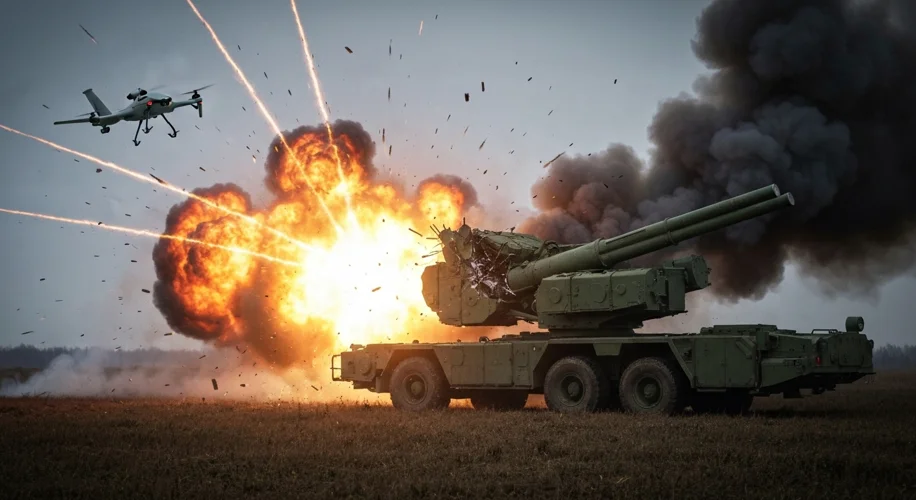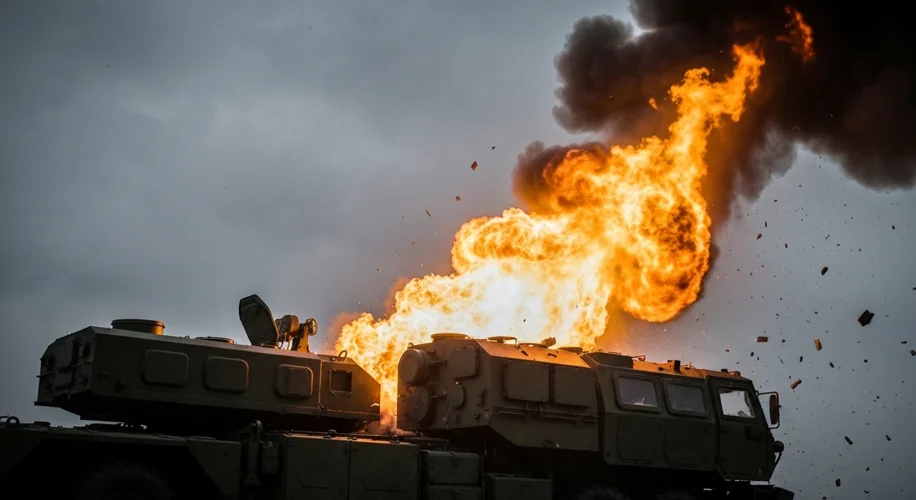The skies above Ukraine have once again become a stage for a high-stakes drama, as reports emerge of a significant Ukrainian victory against Russia’s air defense capabilities. According to Ukraine’s military intelligence, a sophisticated Russian Buk air defense system, valued at an estimated $40 million, has been successfully destroyed. This event, occurring amidst the ongoing conflict, underscores the relentless technological and material struggle shaping modern warfare.
The Buk missile system, a formidable piece of military hardware, is designed for air defense, capable of engaging aircraft, cruise missiles, and ballistic missiles at medium ranges. Its destruction represents not just a loss of equipment but a significant blow to Russia’s operational capacity and its ability to project air power within the contested territories. For Ukraine, such a success is a crucial morale booster and a testament to the strategic acumen and bravery of its armed forces.
While the exact details of the operation remain classified, the Ukrainian military intelligence’s announcement highlights the intricate cat-and-mouse game played out daily in the skies and on the ground. These systems are often heavily defended, requiring meticulous planning and daring execution to neutralize. The loss of a single Buk system can have cascading effects, potentially disrupting enemy air surveillance and defensive networks, creating windows of opportunity for Ukrainian air and ground operations.

The economic implications of this loss are also considerable. The $40 million price tag signifies the immense investment required to field such advanced technology. For Russia, which has seen its military assets depleted over the course of the prolonged conflict, the continuous attrition of high-value equipment poses a significant logistical and financial challenge. Conversely, for Ukraine, every successful strike against such a system is a victory that helps level the playing field and conserve its own resources.
This incident is more than just the destruction of a single weapon. It is a snapshot of a larger, ongoing conflict where technological superiority and the ability to adapt are paramount. The loss of the Buk system will likely prompt Russia to reassess its defensive postures and potentially deploy additional countermeasures, while Ukraine will undoubtedly seek to build on this success, further eroding Russia’s air defense capabilities. The battle for air superiority is a complex and dynamic one, and this latest event marks a significant, albeit costly, engagement in that protracted struggle.

